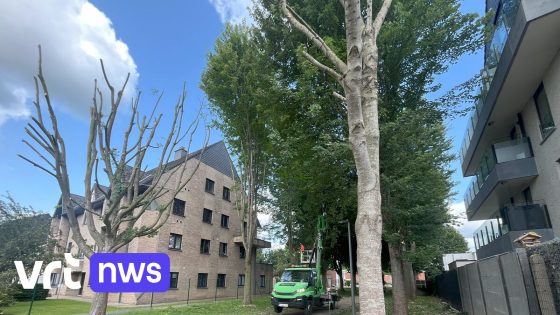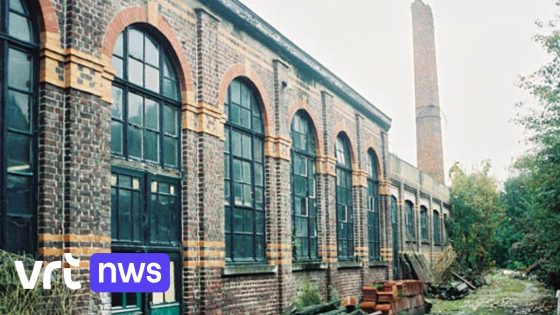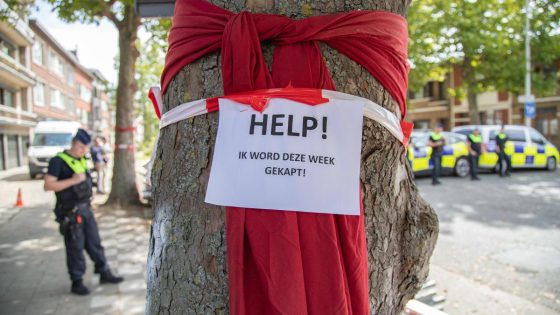Tree pruning works have begun this Monday, with the city council implementing a thorough technique known as ‘kandelaberen’ to trim back local trees. This method removes all small branches, leaving the trees looking quite bare. The pruning started on 2025-08-05 17:00:00 in response to residents’ concerns about the overgrown foliage.
- Snoeiwerken starten met grondige kandelaberen techniek
- Kleine takken worden volledig verwijderd van bomen
- Bomen ogen nu schraal maar groeien opnieuw
- Stadsbestuur reageert op klachten bewoners
- Bewoners ervaren verbeterde lichtinval na snoei
- Burgemeester plant snoeiwerken na bewonersverzoek
Residents near the affected apartments had complained that the dense trees blocked natural light, forcing them to switch on lights even during the day. William De Neve, one of the locals, spoke directly to the mayor, prompting the city to schedule the pruning. Now, the trimmed trees allow much more daylight into their homes.
What impact will this drastic pruning have on the urban environment and residents’ quality of life? The answer lies in balancing greenery with practical living conditions.
Why choose such a radical pruning method? Could this approach affect the trees’ health long-term? The city’s choice reflects a compromise between maintaining urban greenery and respecting residents’ needs:
- The ‘kandelaberen’ technique removes all small branches, leaving trees looking sparse but healthy.
- Residents benefit from increased natural light, reducing the need for artificial lighting during the day.
- Although the trees appear bare now, they will regrow new branches over time.
Looking ahead, it will be important to monitor how the trees recover and whether this pruning method can serve as a model for other neighbourhoods facing similar issues. Could more Belgian cities adopt such measures to improve urban living conditions?

































